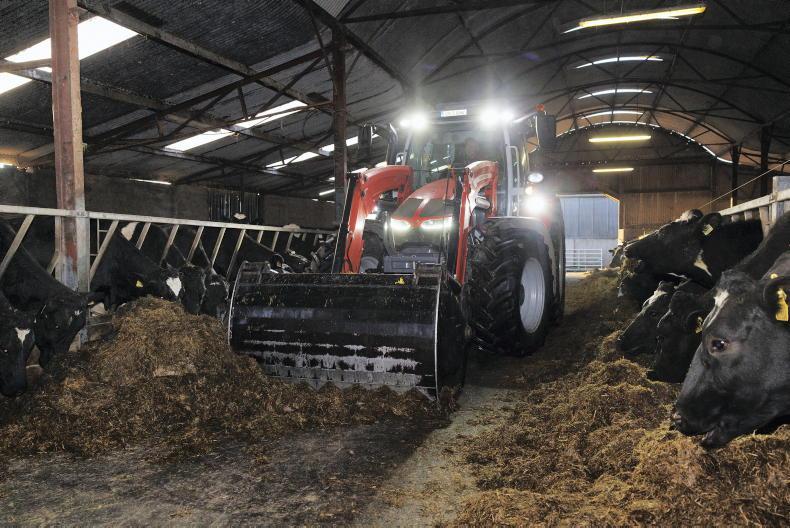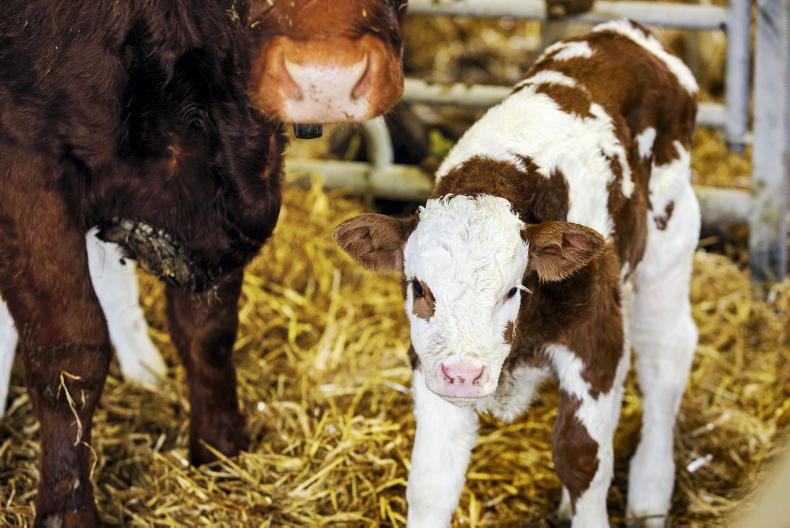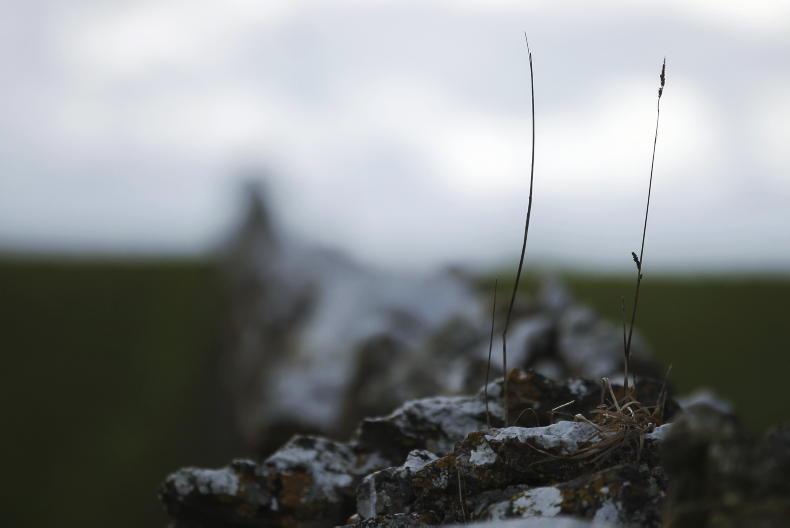After a pretty superb year for dairy farming in 2022, this year is proving to be anything but. Between bad weather, bad prices and bad policies, dairy farmers are feeling dejected and demoralised.
The cohort of dedicated winter milk producers are arguably worse hit than most.
They are badly affected by the new banding rules under the nitrates action programme, meaning they are more exposed to changes to the derogation.
They are also, by their nature, high-cost producers, because producing milk over the winter months is expensive business and they argue that the premium they receive for their milk doesn’t justify the higher costs and extra work involved in winter milk.
This is borne out in two interviews in this week’s paper, with winter milk producers Mervyn Helen from west Cork and IFA liquid milk chair, Keith Boyle, from Sligo.
Read Declan Collins’ report from the Helen farm and read Rachel Donovan’s interview with Keith Boyle.
While price is one thing, performance is another. At the Teagasc winter milk open day in Johnstown Castle, farm manager of the winter milk herd, Aidan Lawless, gave a really good run-through of the steps that drive profitability in the winter milk herd.
Feeding cows well during the indoor period, but making the best use of grass possible at all other times of the year, is a key factor in the success of the Johnstown Castle herd.
Listening to Aidan say that there is no difference in the breeding policy between the autumn-calving cows and the spring-calving cows is noteworthy.
More often than not, specialised winter milk producers breed cows with higher milk volumes, but this policy is not endorsed by Teagasc.
Teagasc experts say that putting a focus on combining good fertility and good milk solids is as important in autumn-calving herds as it is in spring-calving herds. See the report from the recent open day here.









SHARING OPTIONS